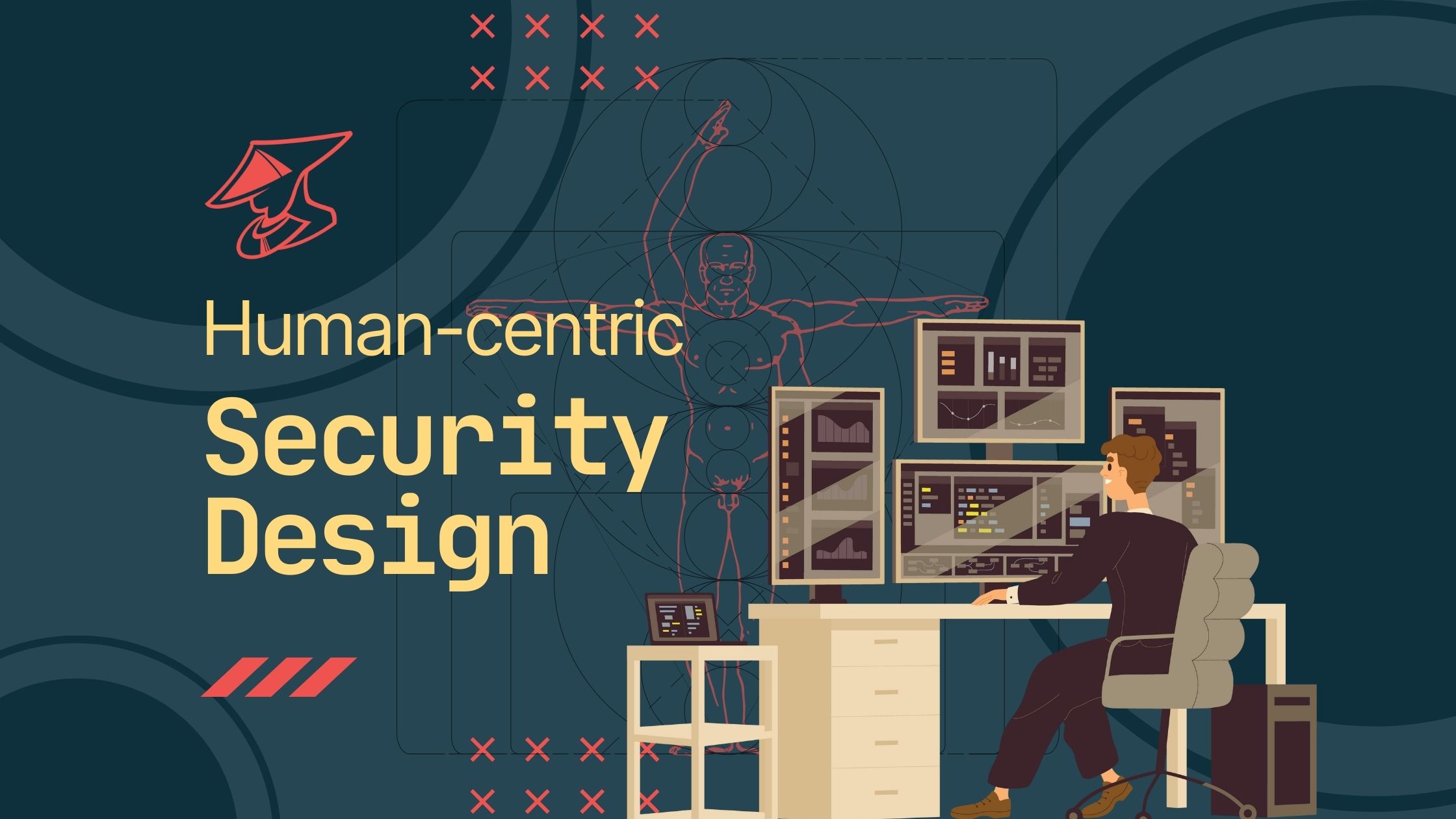Human-Centric Security Design Approach and How To Minimize Friction and Maximize Adoption
by Ben Brown | 09/26/2023

by Ben Brown | 09/26/2023

Security is not only a technical issue, but also a human one. How people use and interact with security systems can affect their effectiveness and usability.
That's why we at Ronin Pentest believe in a human-centric security design approach, where we put the users at the center of our security solutions.
Human-centric security design is a way of creating security systems that are easy to use, understand, and adopt by the users. It involves understanding the users' needs, preferences, behaviors, and challenges, and designing security solutions that match them.
Human-centric security design is important because it can improve the security and user experience of your systems. By making security systems more user-friendly, you can:
Minimize friction: Friction is anything that makes using security systems difficult or unpleasant, such as complex passwords, confusing interfaces, or annoying notifications. Friction can cause users to avoid or bypass security systems, or make mistakes that compromise their security. By reducing friction, you can make security systems more convenient and enjoyable to use.
Maximize adoption: Adoption is the extent to which users accept and use security systems. Adoption can depend on many factors, such as awareness, trust, motivation, and incentives. By increasing adoption, you can make security systems more effective and widespread.
Here are some steps that you can follow to implement human-centric security design in your systems:
Research your users: The first step is to understand who your users are, what they want, how they behave, and what challenges they face. You can use methods such as surveys, interviews, observations, or testing to gather user data and insights.
Define your goals: The next step is to define what you want to achieve with your security systems, such as preventing attacks, protecting data, or complying with regulations. You should also define how you will measure your success, such as using metrics, feedback, or audits.
Design your solutions: The third step is to design your security solutions based on your user research and goals. You should consider aspects such as functionality, usability, aesthetics, and accessibility. You should also test your solutions with real users and iterate based on their feedback.
Deploy and evaluate your solutions: The final step is to deploy your security solutions to your users and evaluate their performance and impact. You should monitor and analyze your solutions using the methods and metrics that you defined earlier. You should also collect user feedback and suggestions for improvement.
By following these steps, you can implement a human-centric security design approach in your systems and improve your security and user experience.
Start scanning your projects for free. You will get a free breakdown of your security status. Start securing your future now.
Get started